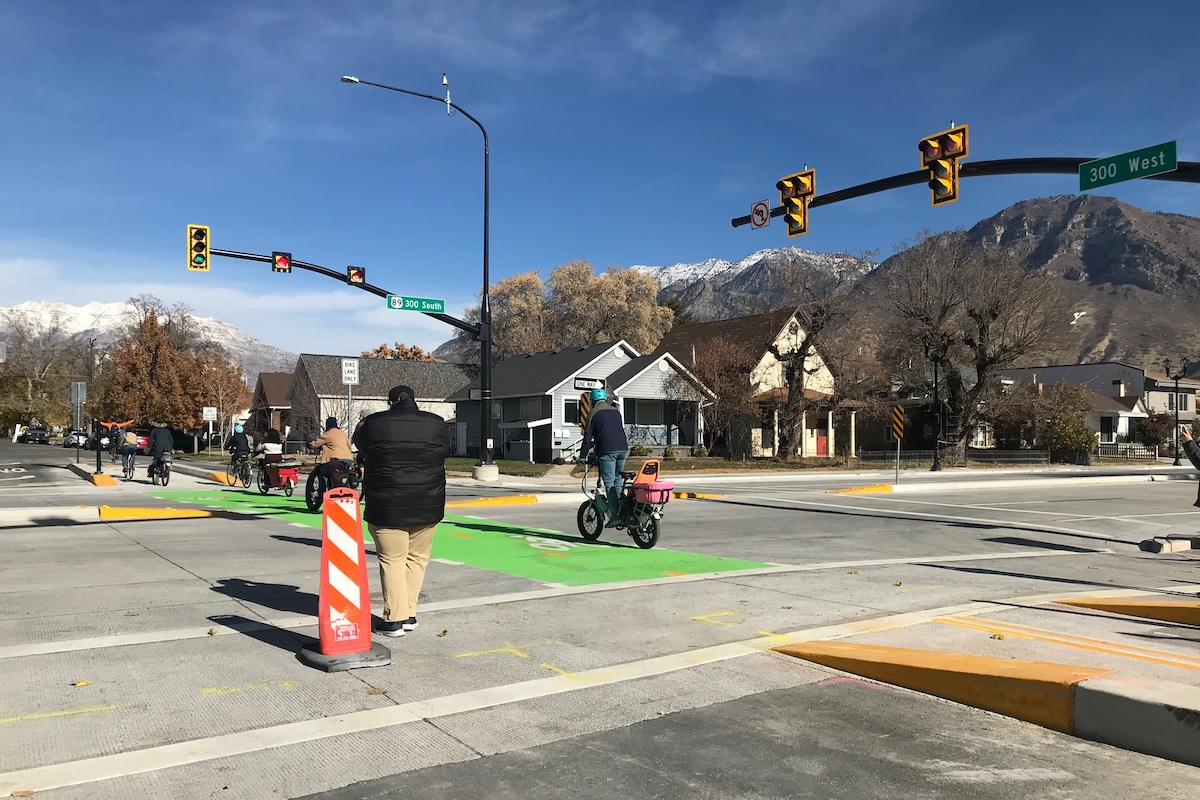An independent panel of industry judges selected PennDOT’s project as the Grand Prize winner out of 80 projects from 37 state DOTs. The projects first faced off in four regional competitions, with the three highest-scoring projects from each region (a total of 12 projects) continuing on to compete for the final two national awards — the Grand Prize and the People’s Choice Award. Winning the Grand Prize award earned PennDOT $10,000 to support a charity or transportation-related scholarship program.
“This year’s America’s Transportation Awards competition consisted of the most diverse group of projects we’ve seen in all 15 years of the competition,” said Jim Tymon, AASHTO’s Executive Director. “The Top 12 alone included a public engagement tool, a road diet project, a memo of understanding between an entire region that will get life-saving and emergency supplies to communities during disasters, and our ultimate winners — an active transportation plan and a park project to reconnect a community divided by an interstate project several decades ago. These projects are absolutely representative of today’s state DOTs and the wide range of work they do for our communities every day.”
In the 1950s, entire blocks of homes and businesses were demolished in the Lower Hill District — a predominantly African American neighborhood — as part of the construction of the former Civic Arena. I-579 was also built during that time, which created tall retaining walls and interstate traffic that separated the Hill District from downtown. When the Civic Arena was demolished in 2012, PennDOT used that opportunity to reconnect the neighborhood through the I-579 Urban Open Space Cap Project.
This first-of-its-kind, $30-million park improves pedestrian and bicycle access to the area by functioning as a “cap” over I-579. PennDOT obtained input from residents of the Hill District, which led to including integrated art, bike pathways, and green infrastructure in the project. The park also includes story walls featuring the history of the Hill District; seat drums and chimes from local artists; outdoor classroom space; performance and green spaces; an amphitheater; and a bike-share station. Native trees, shrubs, and grasses help reduce noise from the interstate and relieve heat island effects.

| Your local Trimble Construction Division dealer |
|---|
| SITECH Southwest |
| SITECH Northwest |
| SITECH Rocky Mountain |
“The I-579 Urban Open Space Cap Project not only reconnected critical communities but it was the ultimate testament to collaboration among many diverse team members and organizations,” said Cheryl Moon, PennDOT District 11 District Executive. “Learning and listening throughout the project development process allowed the team to blend community needs, complex engineering designs, and a very restrictive construction site to create a sustainable and impactful regional facility.”




































































